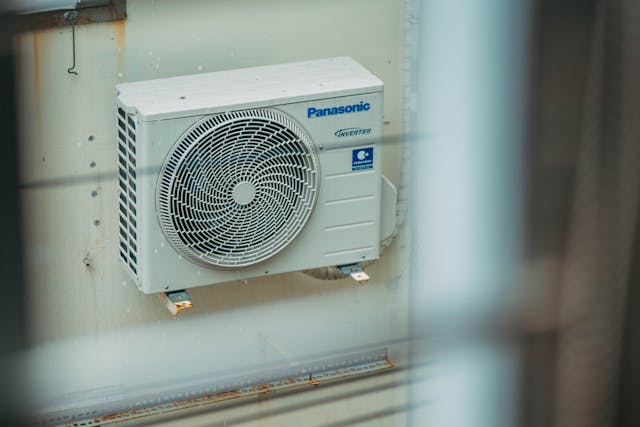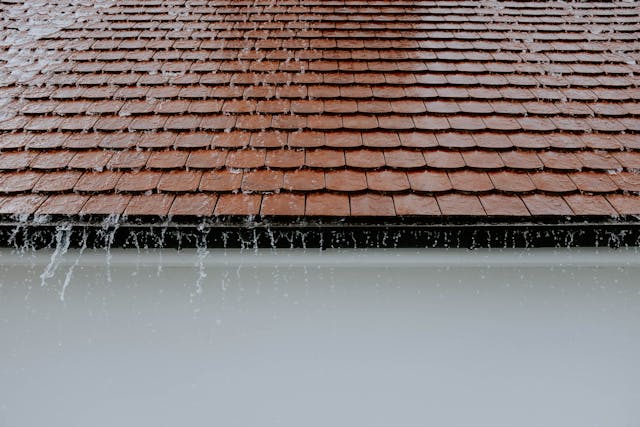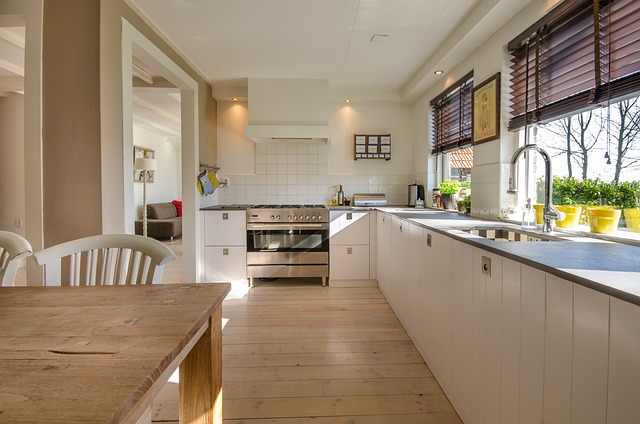How to Prepare Your Rental for Winter
Cold temperatures, ice, and snow can lead to costly damages if proper precautions are not taken. Whether your property is a single-family home or a multi-unit building, preparing for winter is essential to protect your investment and keep your tenants safe and comfortable.
With proactive planning and diligent preparation, you can avoid the stress and expense that often accompany winter-related property challenges.
Importance of Winterizing Your Rental Property
Failing to winterize your rental property can lead to serious problems. Freezing temperatures may cause pipes to burst, resulting in costly water damage and time-consuming repairs.
Snow and ice on roofs and driveways create safety hazards, increasing the risk of accidents and liability claims. Additionally, drafty windows and doors can drive up energy bills and lead to tenant complaints.
Ignoring these issues can damage your property’s reputation, making it harder to attract and retain long-term tenants. Proactively winterizing your property helps you avoid these challenges.
Tips For Winterizing Your Rental Home
By addressing potential winter risks in advance, you can minimize emergency repair costs and avoid the stress of last-minute fixes. Proper winterization protects your investment and fosters strong tenant relationships by ensuring their safety and comfort throughout the season.
Inspect and Maintain Heating Systems
Ensure all heating systems are in good working order before temperatures drop. Schedule an HVAC systems inspection to clean filters, check the furnace, and ensure the thermostat operates correctly.

For properties with individual heating units, confirm that each is functioning properly and provide tenants with instructions for use. Regular maintenance can extend the lifespan of these systems and reduce the likelihood of breakdowns during peak winter use.
Seal Drafts and Insulate
Check doors and windows for drafts and seal them with caulk or weatherstripping. Add insulation to attics, basements, and crawl spaces to prevent heat loss.
Consider installing storm windows or thermal curtains to improve energy efficiency. Proper insulation not only helps maintain a comfortable indoor temperature but also lowers utility costs, benefiting both you and your tenants.
Protect Pipes from Freezing
When getting your property ready to rent in the winter, add insulation to exposed pipes in unheated spaces like basements, attics, or garages. Encourage tenants to keep their heat set to a minimum temperature, even when away from home, to prevent freezing.
Think about using pipe sleeves or heat tape to provide extra protection. If your property is in an area prone to extreme cold, leaving faucets on a slight drip can also help prevent freezing.
Inspect the Roof and Gutters
Check the roof for loose or damaged shingles that could allow water to seep in during snowmelt. Clean downspouts and gutters to maintain proper water flow and avoid the formation of ice dams.

Install gutter guards to reduce debris accumulation if necessary. Addressing roof and gutter issues early minimizes the risk of leaks and structural damage caused by heavy snow or ice buildup.
Maintain Outdoor Areas
Clear walkways, driveways, and parking areas of any debris that could become hazardous when covered with snow or ice. Stock up on de-icing materials and ensure tenants have access to shovels or snow removal services.
Trim overhanging tree branches that could break under the weight of snow and damage the property. Safe and well-maintained outdoor areas reduce the risk of tenant injuries and potential liability claims.
Inspect Fireplaces and Chimneys
For properties with fireplaces, have chimneys professionally inspected and cleaned to remove soot and debris. Ensure that flies are functioning correctly and that tenants understand fireplace safety protocols.
Properly maintained fireplaces can be a valuable feature for tenants during winter and help enhance the property’s appeal.
Test Smoke and Carbon Monoxide Detectors
Winter months often lead to increased use of heating systems, which can raise the risk of fire and carbon monoxide exposure. Test all detectors, replace batteries, and ensure compliance with local safety regulations.
Providing reliable safety measures demonstrates your commitment to tenant well-being and reduces the likelihood of preventable emergencies.

Provide Emergency Contact Information
Share a list of emergency contacts with tenants, including maintenance personnel and local utility providers. Inform tenants of procedures for reporting winter-related issues, such as leaks, heating failures, or safety concerns. Clear communication channels ensure that issues are addressed promptly and efficiently.
Bottom Line
Preparing your rental property for winter is a necessary step to protect your investment and ensure tenant satisfaction. By inspecting heating systems, sealing drafts, protecting pipes, and maintaining outdoor areas, you can minimize risks and prevent costly repairs.
Proactive measures are essential components of successful winter property management. These steps not only safeguard your property but also enhance its value and appeal to current and future tenants.
Howzer Property Management specializes in helping landlords like you maintain their properties year-round. Our experienced team can handle all aspects of winter preparation, from routine inspections to coordinating repairs and snow removal services.
We understand the unique challenges landlords face and are equipped to provide tailored solutions that meet your needs. Let us take the stress out of managing your multi-family properties this winter and contact us today!